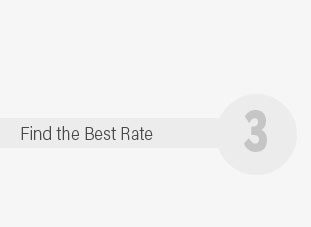 |
 |
 |
|---|
 |
 |
 |
 |
|---|
 |
 |
 |
 |
 |
 |
|---|

The Intricacies of Health Insurance Costs: What You Need to KnowIn today’s world, understanding the nuances of health insurance costs is crucial for anyone looking to make informed decisions about their healthcare needs. The landscape of health insurance is a complex web of variables, making it a topic worth dissecting for a clearer understanding. First and foremost, the cost of health insurance is influenced by several key factors, including age, location, and the type of plan chosen. Each of these elements plays a significant role in determining the final premium. As a rule of thumb, younger individuals often enjoy lower premiums due to their typically better health, whereas older individuals might face higher costs due to increased health risks. Location is another critical component, as healthcare costs and insurance regulations can vary significantly from one state to another. For instance, metropolitan areas with higher costs of living might also see elevated insurance premiums compared to rural regions. Additionally, the choice between different types of plans-such as Health Maintenance Organizations (HMOs), Preferred Provider Organizations (PPOs), or high-deductible plans-can dramatically alter the cost. While HMOs might offer lower premiums, they often come with more restrictions on healthcare providers, which could be a disadvantage for those valuing flexibility. Another aspect to consider is the coverage level. Plans categorized as Bronze, Silver, Gold, and Platinum reflect varying levels of coverage, with Bronze plans generally having the lowest premiums but the highest out-of-pocket costs. Conversely, Platinum plans, while more expensive, offer the most comprehensive coverage, making them ideal for those anticipating frequent medical needs. Beyond the basic cost of premiums, potential policyholders must also consider out-of-pocket expenses such as deductibles, copayments, and coinsurance. These additional costs can quickly add up, particularly in cases of chronic illness or unexpected medical emergencies. Thus, it’s imperative to evaluate one’s healthcare needs against these potential expenses to find a plan that provides the best financial balance.
Moreover, the impact of legislative changes cannot be understated. Policies enacted at both federal and state levels can significantly affect health insurance costs. For instance, changes in subsidies, mandates, and coverage requirements can alter the affordability and availability of certain plans. Staying informed about these changes is vital for anyone looking to optimize their health insurance strategy. Finally, while the cost is an undeniably important factor, it’s crucial not to overlook the quality of care provided. Ensuring that your chosen plan includes reputable healthcare providers and facilities can prevent future headaches and ensure that you receive the best possible care. As such, balancing cost with quality and coverage is the key to a satisfactory health insurance experience. In conclusion, navigating the realm of health insurance costs requires a thoughtful approach and a keen awareness of personal healthcare needs and financial circumstances. By considering the factors outlined above, individuals can make well-informed decisions that align with both their health requirements and budget constraints. https://www.kff.org/interactive/subsidy-calculator/
Estimate Health Insurance Premiums and Subsidies for Health Insurance Coverage through Marketplaces. Note: This calculator was updated on Oct. 29, 2024. https://www.kff.org/report-section/ehbs-2024-section-1-cost-of-health-insurance/
The average annual health insurance premiums in 2024 are $8951 for single coverage and $25572 for family coverage. https://www.anthem.com/individual-and-family/insurance-basics/health-insurance/cost-of-family-health-insurance
In 2022, the average premium for non-subsidized health insurance for a family of four was $1,437 per month.* Family insurance plan costs can vary based on the ...
|
|---|